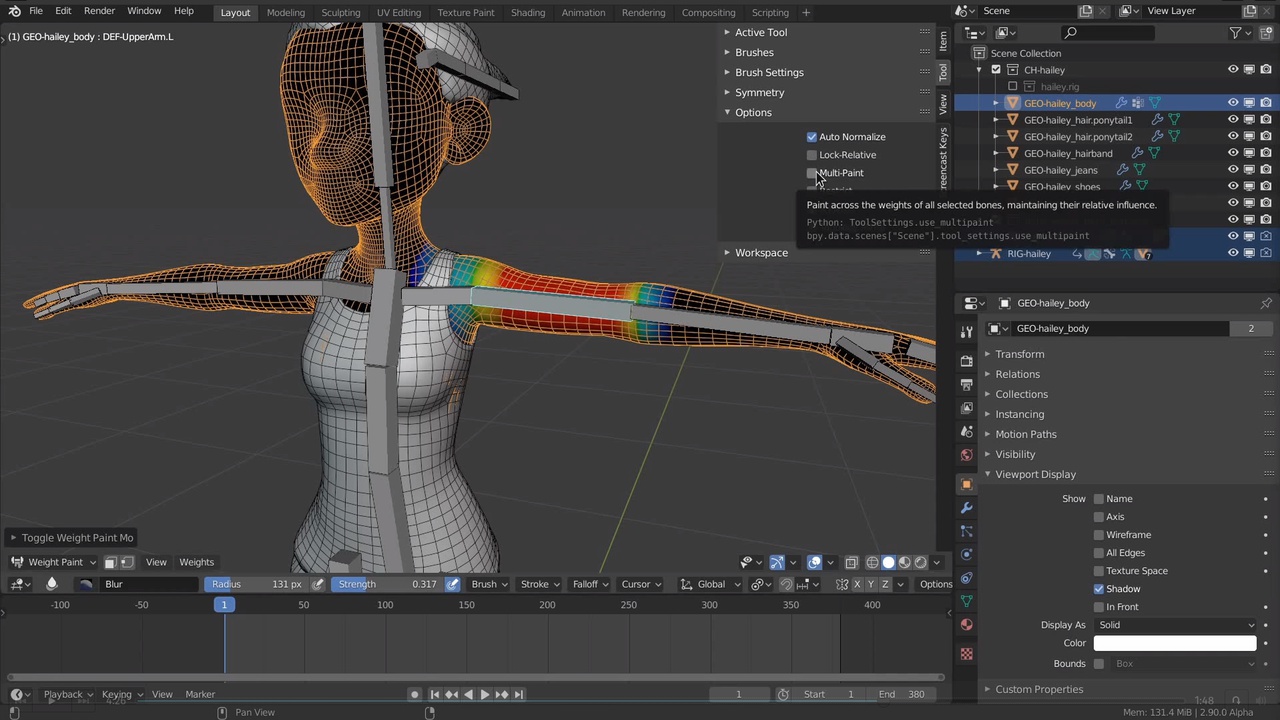


Maximising the potential of your references to develop strong game asset concepts using Pureref.


Ğnjoying the foliage modelling to game environment transition from Blender to Unreal Engine 5 – the only one out there like it.With careful use, a simple edge rotation can reduce the need to include extra structure.👉 Complete Guide To Learning How To Create Foliage & Plants in Blender and Then Export to Unreal Engine 5 Aligning this edge with the painted vertex (top-left to bottom-right, | \ |) lets the colour blend along its entire length giving the appearance of a stronger transition covering a larger surface area ( D\E below). Shown below for example, colour painted top-left with a bottom-left to top-right edge orientation (| / |), restricts colour fading to the top-left ( B/C below). In this state, even though the edge where the two triangles merge together is invisible, its inherent orientation still affects blending behaviour, which travels along the (invisible) edge. The latter, being polygons (‘ faces‘ in Blender) are ‘quadratic’ – two triangles join along their respective diagonals to form a single surface bound by four edges and four corner vertices ( A below, | |). How vertex colour blends across surfaces is also determined by edges (linear structure) and faces (area structure). For most relatively complex meshes additional structure does not need to be included to cater to vertex painting and colouring, if it does it’s ‘cheaper’ (uses less resources overall) to add then including larger, or more, textures.


 0 kommentar(er)
0 kommentar(er)
